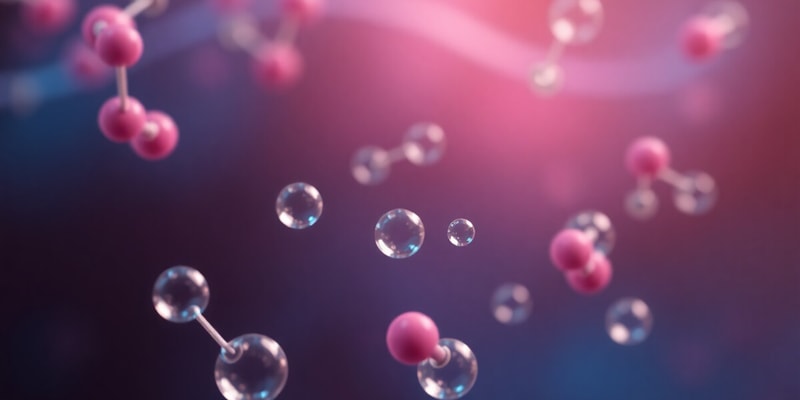Podcast
Questions and Answers
What is the primary mechanism of action of GLP-1 receptor agonists?
What is the primary mechanism of action of GLP-1 receptor agonists?
Which condition is treated by GLP-1 receptor agonists?
Which condition is treated by GLP-1 receptor agonists?
What is a significant risk associated with GLP-1 receptor agonists?
What is a significant risk associated with GLP-1 receptor agonists?
What is a common side effect of GLP-1 receptor agonists?
What is a common side effect of GLP-1 receptor agonists?
Signup and view all the answers
How are GLP-1 receptor agonists administered?
How are GLP-1 receptor agonists administered?
Signup and view all the answers
Study Notes
Glucagon-like Peptide-1 Receptor Agonists (GLP-1 agonists)
- Mechanism of Action (MOA): Enhances incretin effects, boosting insulin release and suppressing glucagon release.
- Indications: Primarily for diabetes management.
- Black Box Warning: Associated with an elevated risk of thyroid C-cell tumors.
- Side Effects/Adverse Events (SE/AE): Gastrointestinal issues (GI effects) and increased heart rate (HR) are common.
- Route of Administration: Subcutaneous injection only.
- Usage: Frequently used as a second-line treatment option after metformin.
Studying That Suits You
Use AI to generate personalized quizzes and flashcards to suit your learning preferences.
Description
This quiz covers the essential aspects of Glucagon-like Peptide-1 Receptor Agonists, including their mechanism of action, indications for use, and side effects. It also highlights the important black box warning and administration route for these medications. Perfect for anyone studying diabetes management.




